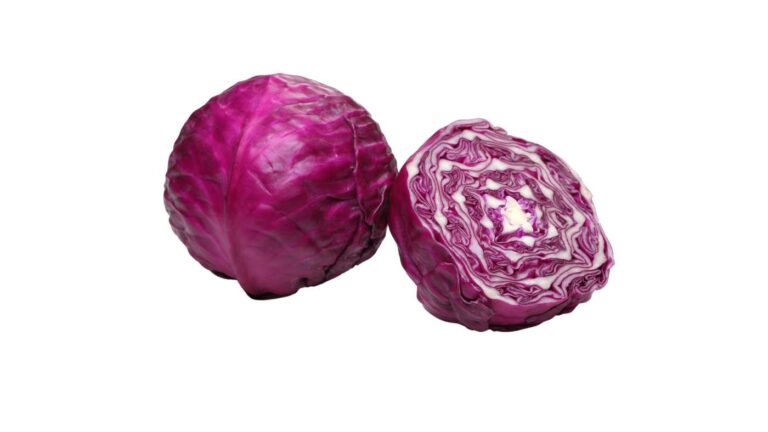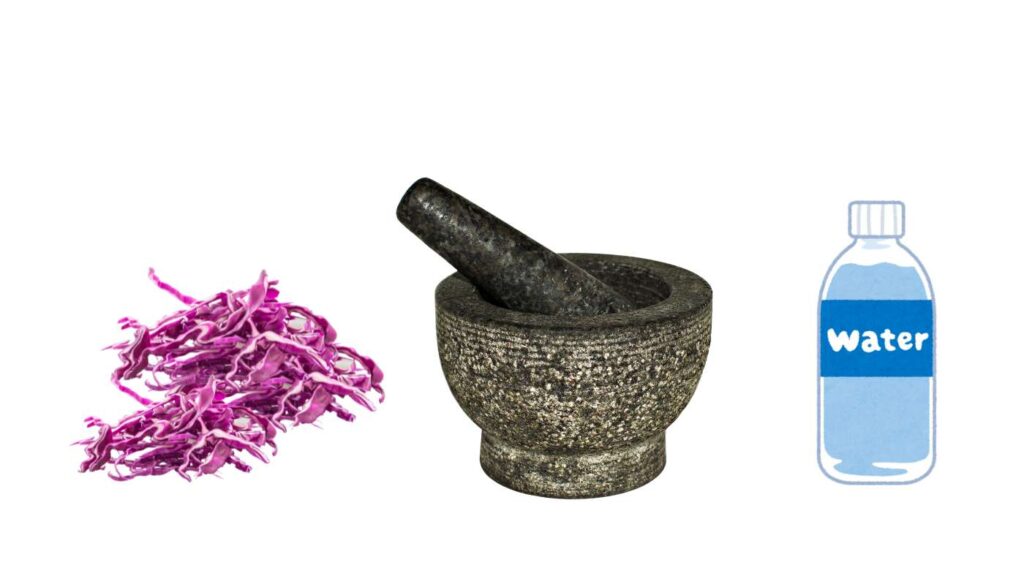Red Cabbage pH Indicator for Kids
Embark on a colorful scientific journey with the red cabbage pH indicator, a captivating way for kids to learn about the fascinating world of pH levels. Transitioning from theory to practice, this guide will take young scientists on an adventure through the vibrant reactions of red cabbage to different substances, unveiling the mysteries of acids and bases in a fun, accessible manner.

UNDERSTANDING PH: A COLORFUL JOURNEY
pH tells us if something is an acid, like lemon juice, or a base, like toothpaste, on a scale from 0 to 14. It’s an exciting way to see the invisible chemical nature of substances. In this section, kids will learn about pH in a friendly, easy-to-understand manner, using the red cabbage indicator to bring the concept to life with vivid colors.
THE MAGIC OF RED CABBAGE AS A PH INDICATOR
Red cabbage is not just for eating; it’s a natural pH indicator! It contains a pigment that changes color depending on whether it’s in an acidic or basic environment. This section will explain this magical transformation, showing how red cabbage can turn from purple to red or green, depending on the pH of what it touches.
FUN EXPERIMENT WITH RED CABBAGE PH INDICATOR
Let’s dive into some hands-on fun! Here’s how you can create your own pH indicator at home:
Gathering Your Materials:
Collect red cabbage, warm water, a mortar and pestle, filter paper (or coffee filters), and various household liquids like lemon juice, vinegar, baking soda solution, and soapy water.
Making Red Cabbage Juice:
Pull the cabbage leaves and crush them with the mortar and pestle, adding warm water to help extract the juice. Strain the mixture to get a purplish indicator solution.
Conducting the pH Test:
Soak the filter paper in your cabbage juice, then test it with your different liquids. Watch the paper change color and guess whether the liquid is acidic or basic based on the color change.
Vinegar: Turns pink, showing it’s acidic.
Lemon Juice: Also turns pink, indicating it’s another strong acid.
Baking Soda dissolved in water: Changes to greenish-blue, revealing its basic nature.
Soapy Water: Becomes green or even yellowish, indicating it’s highly basic.
This experiment not only teaches about pH but also encourages kids to observe, predict, and record their findings, developing their scientific thinking.
Learning is Fun with Red Cabbage
Using red cabbage as a pH indicator makes science accessible and engaging. It’s a fantastic way for kids to see chemistry in action.
Real-Life Uses of Red Cabbage pH Indicator
Did you know that red cabbage is not just for eating? It’s also like a superhero for scientists! This colorful vegetable can tell us about hidden secrets in our world. For example, it helps keep our food safe by testing if it’s good or bad to eat. It’s also used by scientists to check on the environment, like testing if a river is clean or polluted. Doctors use it to learn about health and help make people better. So, red cabbage is not just a part of our lunch; it’s also a cool tool for solving real-world mysteries!
FAQs on Red Cabbage pH Indicator
What does the color change in red cabbage indicate about a substance?
The color change in red cabbage juice indicates the pH level of the substance it comes into contact with. Red cabbage contains anthocyanins, which are pH-sensitive compounds that change color in response to the acidity or alkalinity of a solution. If the juice turns pink or red, the substance is acidic (pH less than 7). If it turns green or yellow, it’s basic (pH greater than 7). A purple color indicates that the substance is neutral (pH around 7).
How accurate are the results from the red cabbage pH test?
The red cabbage pH test is generally accurate for demonstrating whether a solution is acidic, basic, or neutral, but it does not provide a precise pH value. For educational purposes and simple home experiments, it’s a great tool to visually demonstrate the concept of pH. However, for scientific or detailed analysis, more precise methods and tools are needed to measure the exact pH level.
How can this experiment be used in a school project?
This experiment can be used in a school project to illustrate chemical reactions, teach about natural indicators, and introduce the concept of pH levels. Students can test various household substances, compare their results, and create a color chart to show the pH range. It can also be used to investigate how the pH of solutions affects plant growth, the corrosion of metals, or the behavior of enzymes in biology.
Why would you use a solution, such as a cabbage pH indicator, to measure the pH of household items?
Using a cabbage pH indicator to measure the pH of household items is beneficial for several reasons:
To See if Food Has Gone Bad: Measuring the pH of foods can indicate their freshness. Foods that have become more acidic than usual might be spoiling, which is useful for ensuring food safety.
To Test the Safety of Water: Checking the pH of water with a cabbage indicator can help determine if it’s within a safe drinking range. Water that is too acidic or too basic can be harmful and may require treatment before consumption.
To Make Sure Conditions are Safe: In home environments, testing the pH of garden soils with a cabbage pH indicator can help ensure they are suitable for growing plants. The right soil pH is crucial for plant health, as it affects the availability of nutrients and can prevent potential harm to plants.
To Use Up Old Cabbage: Utilizing old cabbage to make a pH indicator can be a practical and educational way to reduce food waste while engaging in a fun science experiment.
Through the red cabbage pH indicator experiment, children can discover the fascinating world of chemistry in their surroundings. Moreover, this not only educates but also inspires curiosity and a love for scientific exploration. Furthermore, it demonstrates that science is everywhere.
SAFETY NOTE:
Adults must supervise science experiments to ensure safety and provide proper guidance.
Explore More at Our Science Lab
Funtastik Labs is not just a place; it’s an exciting adventure where kids can immerse themselves in the world of experiments! If you’re fascinated by the color-changing wonders of the red cabbage pH indicator and are eager to delve deeper, our science lab for kids is the ideal destination. Furthermore, we offer a wide range of activities that enable young scientists to experiment, learn, and discover the joys of science. Additionally, our encouraging environment fosters curiosity and ignites a passion for exploration and learning.

